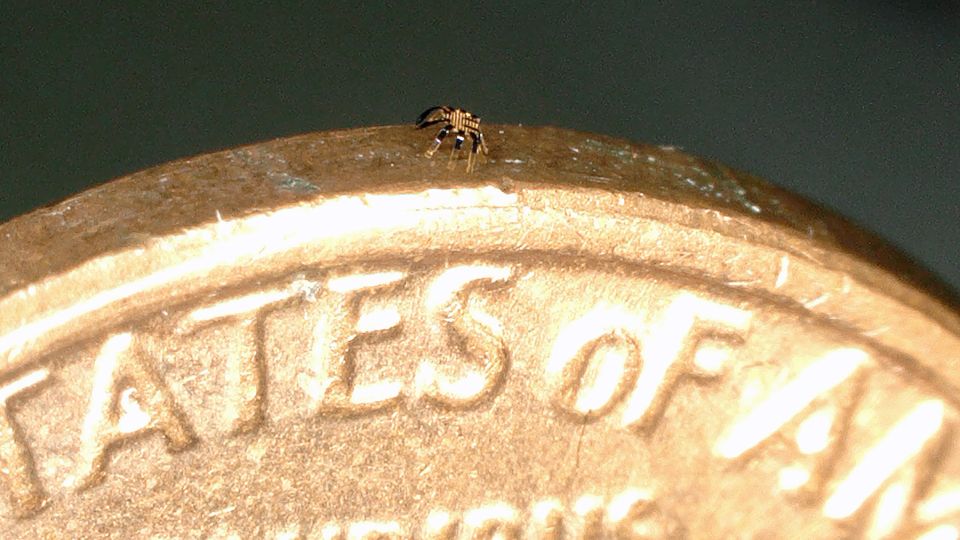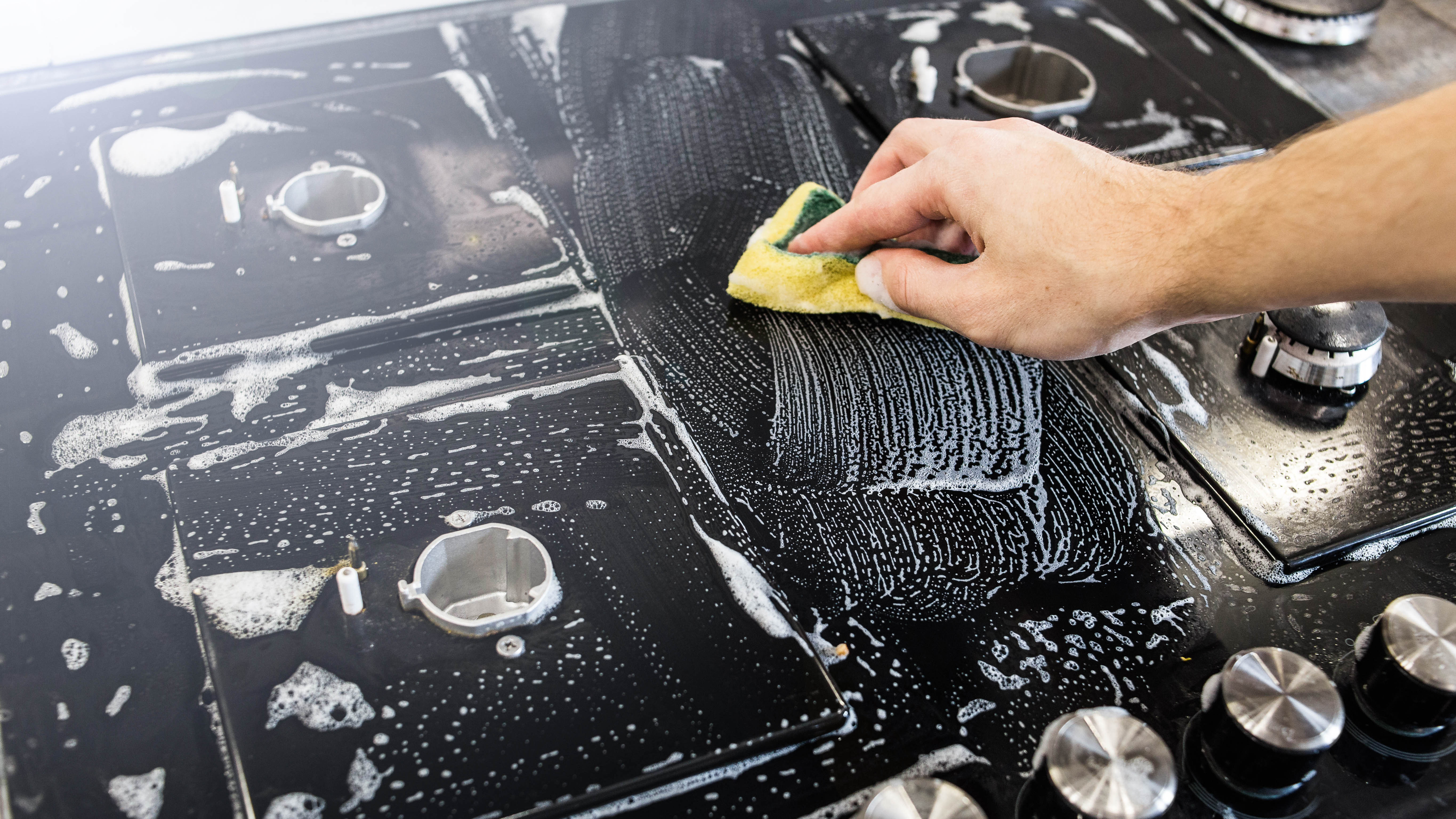The world's smallest remote controlled robot is here — and it makes a penny look huge
Small but mighty?

The robot uprising won't happen any time soon, but should it come, a tiny robot could very well lead the march —albeit a bit slowly and maybe even without us noticing.
This is the world’s smallest remote-controlled walking robot. Standing at a mighty half-millimeter wide, this tiny robotic crab is so minuscule that it can crawl along the edge of a penny.
Created by researchers at Northwestern University, this robot is no fast and furious machine — it can move at the speed of half its size every second. And it scuttles around untethered, too. But the robot's biggest advantage is that it can move without being detected because it is so light and small.
As detailed in a paper published by Science Robotics, the robot can be remotely steered without wires or a physical connection. It uses a set of legs or other, more unusual forms of locomotion.
Making a tiny robot
So how do you make a robot this tiny? It’s certainly not something that we can accomplish in our garages, and the robot doesn't incorporate the usual complicated hardware, hydraulics or electricity. Instead, its makers have turned to technology that sounds like it's out of a sci-fi movie — and it comes close to “shape-shifting.”
Yes, you read that right — the robot is made using shape-memory alloy that is deformed by a thin coating of glass applied during the manufacturing process. So when heated, it returns to its original shape almost like the robotic version of “muscle memory.”
That means the crab stays standing on its legs until the heat from lasers are used to get it to move. “Because these structures are so tiny, the rate of cooling is very fast,” said John Rogers, a materials scientist at Northwestern University who coauthored the research.
Sign up to get the BEST of Tom's Guide direct to your inbox.
Get instant access to breaking news, the hottest reviews, great deals and helpful tips.
The robot is capable of pulling off all kinds of movements — curving, twisting, expanding and jumping. It may not have the dexterity to climb stairs like other robots, but it can go into the smallest crevices with ease.
Making tiny robots is not new, as we've seen microscopic robots too that can reach inside of living creatures, for either research or targeting medicines to certain areas of the anatomy. This robot crab would be used for similar purposes. It can be used in minimally invasive surgical procedures in clinical medicine or in repair of small-scale machines.
It took a year for the researchers to come up with the robotic crab. And the crab was not the only robot they came up with — the researchers also built similarly-sized bots that emulate the movements of inchworms, beetles, and crickets, which could be deployed in different environments and terrains. The robots of tomorrow may not look like they’re all steel, nuts and bolts, but actually insects and crustaceans all scuttling into a promising future.

Sanjana loves all things tech. From the latest phones, to quirky gadgets and the best deals, she's in sync with it all. Based in Atlanta, she is the news editor at Tom's Guide. Previously, she produced India's top technology show for NDTV and has been a tech news reporter on TV. Outside work, you can find her on a tennis court or sipping her favorite latte in instagrammable coffee shops in the city. Her work has appeared on NDTV Gadgets 360 and CNBC.
